Tea rose: descriptions of varieties and rules of care

A tea rose is one of the best options for decorating a backyard or summer cottage. Its flowers have a refined aroma, exquisite and unique appearance. The bushes of the plant bloom for a relatively long period - from the beginning of summer and almost until the very frost. But at the same time, they are absolutely unpretentious in care and cultivation. If you follow the recommendations of experts exactly, then you can plant and grow a tea rose on your own, without fear that the young plant will get sick or wither.



Features of the view
The tea rose was introduced to Europe from China at the beginning of the 18th century and immediately gained wide popularity among gardeners. The first introduced varieties were very capricious in their care and hardly adapted to European climatic conditions. Over time, breeders have bred a huge number of new species that can be grown not only in the southern, but also in the northern regions.
With proper preparation, the plant tolerates winter well, its roots are frost-resistant. The only thing to consider is that in the northern regions, the tea rose will produce fewer inflorescences. The growth of branches may slow down slightly, especially in the initial stages in the first 2 years of growing, until the bushes adapt and get stronger.
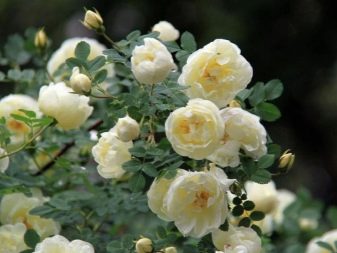

The tea rose blooms for a very long time compared to other similar species. The flowering period of almost every variety begins in early July and lasts all summer. At the end of August, the activity of the appearance of new flowers decreases slightly, but already in September it resumes with almost the same volume.
The formation of new flowers completely stops only with the onset of severe frosts. But in southern regions with mild winters, single flowers can appear even in November, early December, if the temperature is above zero during the day, and at night it does not drop more than 3-4 degrees below zero. Therefore, the tea rose is so popular among gardeners, and is very often used for landscape design.

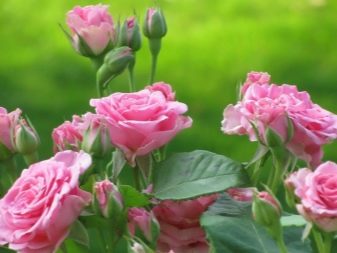
According to one version, the plant got its European name due to the original shape of flowers, similar to small Chinese cups. Other connoisseurs claim that it was named so because of its unusual smell, reminiscent of freshly brewed black tea. But it is also believed that the rose was called a teahouse because it can be brewed and consumed as a drink. After all, tea rose has many beneficial properties. Various medicinal tinctures are made from it or used simply as an additive to ordinary tea. Rose petals contain a whole range of vitamins, essential oils, organic acids. It has extraordinary antiseptic properties.
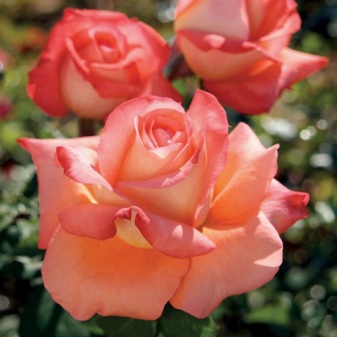
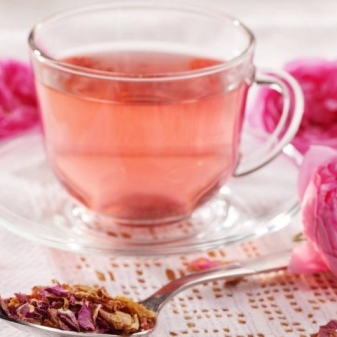
Variety of varieties
Over the three centuries of the existence of the tea rose in Europe, many of its varieties and varieties have been bred. But the most popular and common types for growing in personal plots are hybrid tea roses, bred by breeders by crossing the original Chinese tea and French roses. Modern plant varieties are conventionally divided into three categories:
- undersized - up to 0.5 m;
- medium height - 0.6-0.7 m;
- tall - from 0.8 to 1 meter.
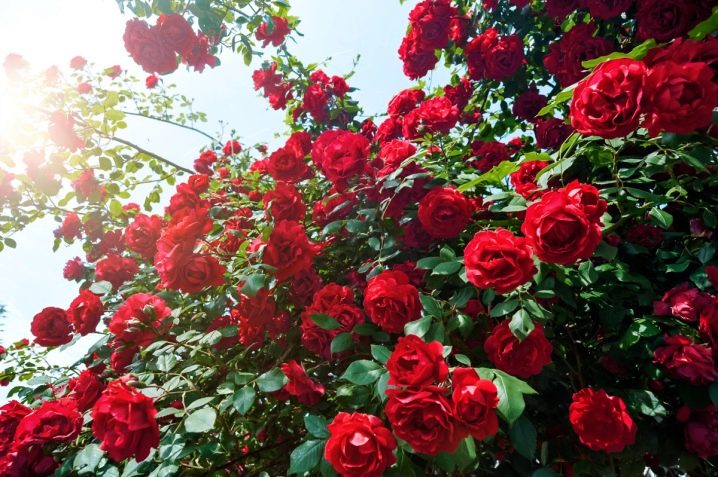
In addition to height, tea rose bushes are also divided into weaving and upright growing. They are also distinguished by the number of petals in the bud - double and densely double varieties.Depending on the species, each individual flower can reach a diameter of 8 to 15 centimeters, has significant differences and the aroma of inflorescences. Consider the most popular varieties of tea roses for home gardens or landscape design.
- "Aida"... The inflorescences have a red-pink tint and a strong, persistent aroma. The bushes are upright growing, up to 1 meter in height, and the size of the buds is up to 13 cm in diameter.

- "Gazebo". An upright tea rose variety with a bush height of no more than 1 meter. The diameter of the bud is 10-12 cm. The aroma of the inflorescences is bright and rich. The color of the buds is orange-pink.
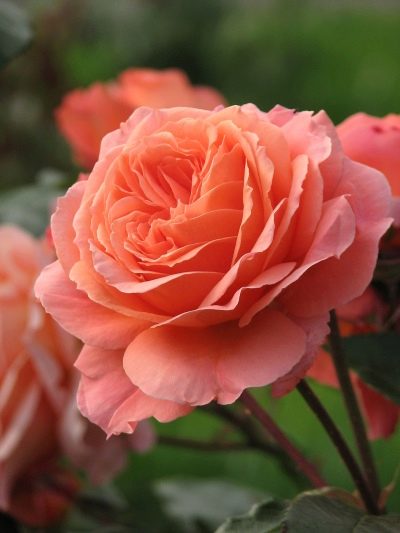
- Claire Renaissance - upright rose. The buds have a pale pink hue, the aroma is moderate. The size of the flowers is 8-12 cm in diameter. The height of the bush can be more than a meter.
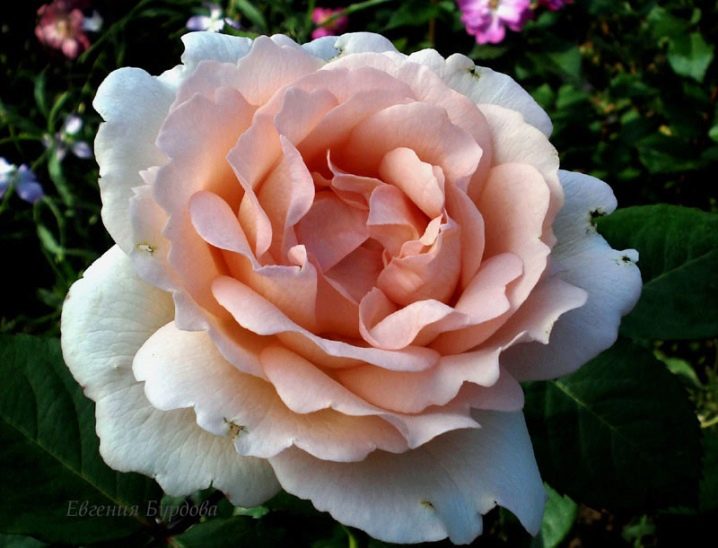
- Comtesse de Provence. Upright bushes up to 1.2 meters high, bud diameter - 8-10 cm. The color of the flowers is coral pink. The aroma is slightly sugary, but very persistent.

- Gloria Day - upright rose with buds up to 15 cm in diameter. The height of the bushes is no more than a meter. The flowers have a moderate aroma and unusual colors - yellow with a pink frame around the edges.
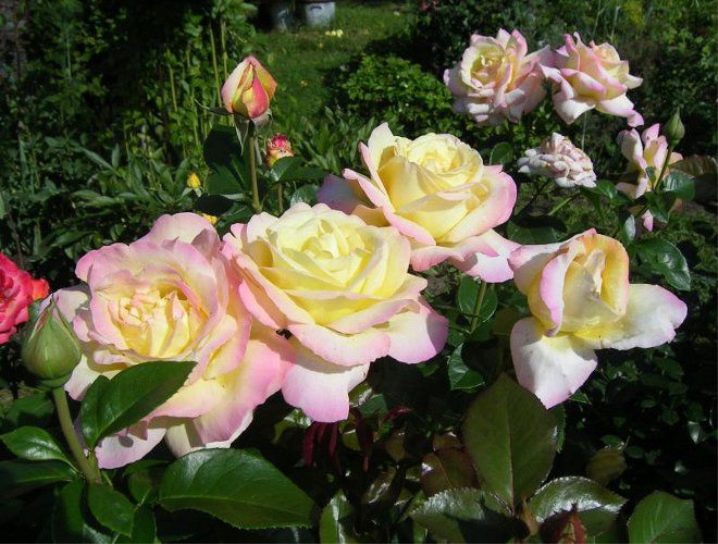
- "Parade" - a weaving variety with double inflorescences. Unobtrusive sweetish aroma. The size of the bud is up to 10 cm, the color is bright pink with barely noticeable red blotches.
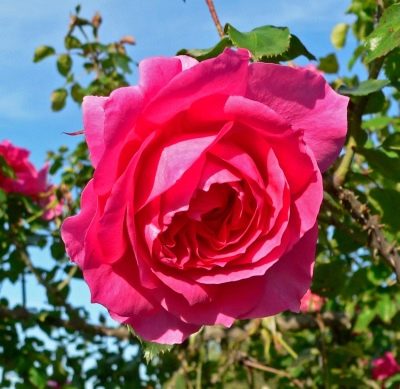
- Strawberry Hill... It belongs to the curly varieties. The length of the branches can reach 3 meters, on average - 1-2 m. The size of the buds is 7-10 cm, the color is salmon pink. Possesses a strong, persistent aroma.

- Jeff Hamilton Is a curly variety of tall tea rose. The length of the branches in an adult plant can reach up to 3 meters. It has double, pale pink inflorescences, which, after burning out in the sun, turn white. The size of the buds is up to 10 cm, the aroma is persistent and rich.

- "Lady of Megginch". An upright tea rose, the bushes of which grow up to 2 meters in diameter, the height of the branches is 1-1.2 m. The color of the petals is deep pink with a bright raspberry hue. The size of the flowers is 10-12 cm. The flowers do not grow separately, but are collected in inflorescences with 3-5 buds in each.
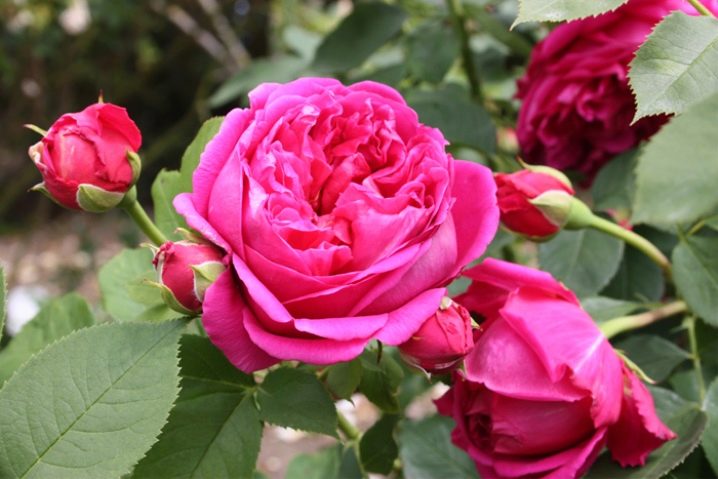
- "Flamenco" or "Flamenco Dance". The peculiarity of the species is that even with mild breezes of wind, the inflorescences begin to swing in an original way, as if they are performing a kind of dance. Hence the variety got its name. The buds exude a rich aroma and have a bright red color. The length of the branches reaches 2-3 meters, the diameter of the bush is up to 2 meters. The size of the flower is 7-10 cm. The buds are collected in inflorescences of 3-5 pieces in each.
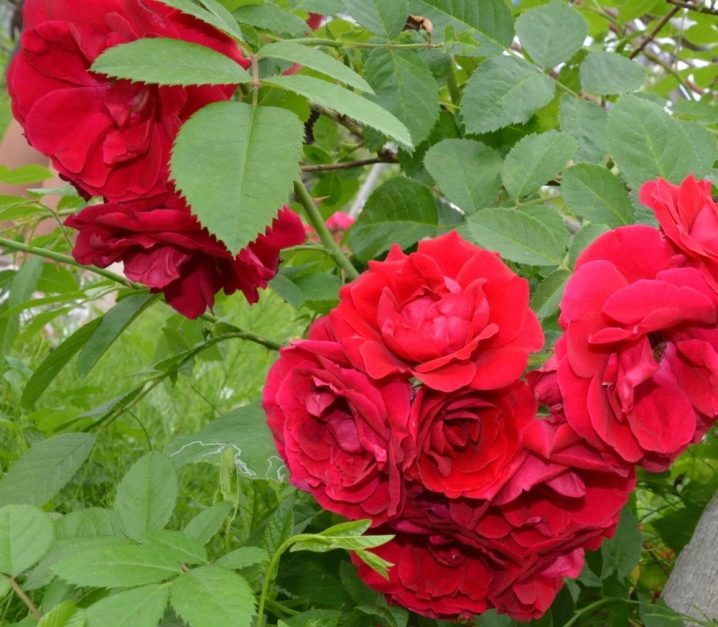
There is also an indoor version of a tea rose, intended, for example, for growing on windowsills in an apartment. But these plants are separate representatives of this species. They have completely different characteristics, not only in terms of growing methods or dimensions of the bushes, but also in terms of the size and number of buds, their color and aroma.

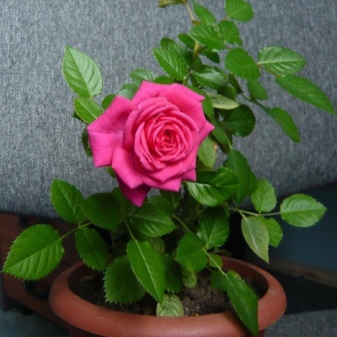
Secrets of Proper Growing and Care
Both the success of the procedure itself, that is, the viability of the bush, and its characteristics - the duration of flowering, aroma, the number of buds, will depend on the conditions of growing and care, as well as compliance with the rules and recommendations of specialists. The correct cultivation is especially important if you plan to use the rose not only to decorate your site, but also to eat it, for example, when making jam, or brew it with regular tea.
The soil used affects the saturation of the petals with useful vitamins, their taste. Much attention should be paid to protecting the tea rose from pests and diseases.
One of the main factors in the preservation of the bush is its proper preparation for the winter period, which is especially important for young plants. The quality of fertilizers should not be overlooked, because the appearance of the plant and its beneficial properties also depend on them.
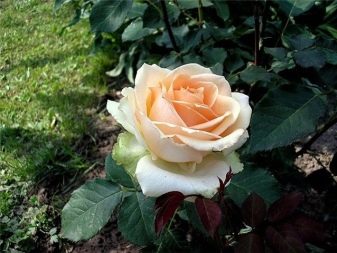
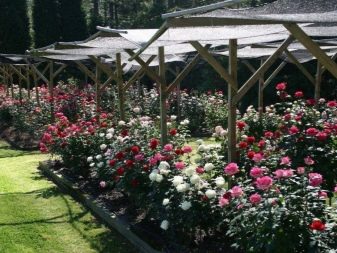
Landing
For landing, it is recommended to choose places protected from the wind with full access to sunlight. It is undesirable to plant a rose in drafts and near the passage of underground streams of groundwater. Landing in open ground is carried out at the beginning of spring, when the frosts have passed, and the ambient temperature is set at a level not lower than +10 degrees, or in mid-autumn before the first night frosts. If planting is carried out in northern regions or in regions of the middle lane, it is advisable to equip a film shelter for the planted cuttings at night. Immediately before planting, experts advise soaking the seedlings for 5-6 hours in a special solution to stimulate growth.
The hole for planting must be prepared in advance - two days before making the cuttings. This is necessary in order for the earth to be saturated with oxygen. If the soil is sufficiently rich, the depth of the hole can correspond to the length of the root system of the seedling. When the soil is poor, you should dig a hole twice as deep as the length of the root. In this case, instead of half of the excavated land, more fertile soil is filled up with the addition of humus or fertilizers. Regardless of the condition of the soil, you will need to lay drainage on the bottom of the hole - a small layer of a mixture of clay and rubble (about 5 cm).
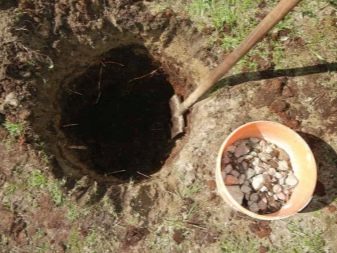
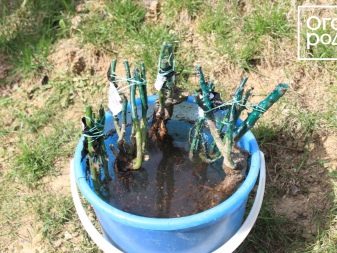
Here is a description of the landing procedure for both options.
- Into poor soil. After laying the drainage at the bottom of the hole, humus or a mixture of earth with phosphorus fertilizers is poured with a slide. Then the seedling is lowered, and its root system is evenly straightened around the cutting along the bottom of the fossa. It is necessary to lay the seedling to such a depth that the neck of the root system is recessed below the surface of the earth by no more than 2-3 cm. You need to fill the hole gradually, slightly compacting the soil. At the end, the buried seedling is watered abundantly with water.
It is very important when planting not to damage the sensitive bark of the cuttings and roots.

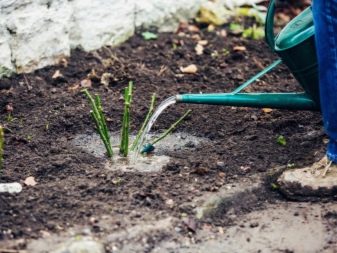
- Into the fertile ground. Drainage is laid and tamped at the bottom of the hole, and on top it is covered with a small layer of ordinary earth - 1-2 cm.The seedling is planted in the same way as in the previous case, only watering is done in advance - before introducing the seedling into the hole, you need to pour a bucket of water.
When planting in this way, the soil, as a rule, subsides. Therefore, the next day, it may be necessary to add earth to level the surface.
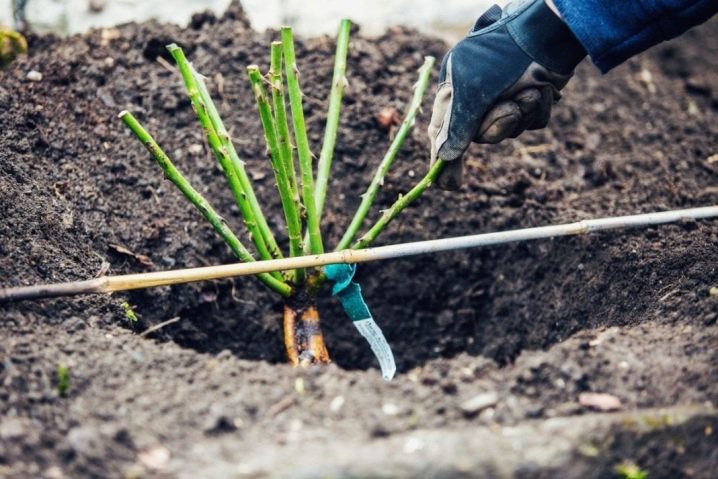
For planting a tea rose in places with harsh climatic conditions and harsh winters, for example, in Siberia, where the temperature drops to -45 degrees, it is better to choose varieties grafted onto rose hips. Compared to their own-rooted representatives of this plant, they have better resistance to frost, since the dog rose tolerates cold well and is not afraid of freezing of the soil. After planting, it is advisable to spud young tea rose cuttings with coconut substrate or peat.
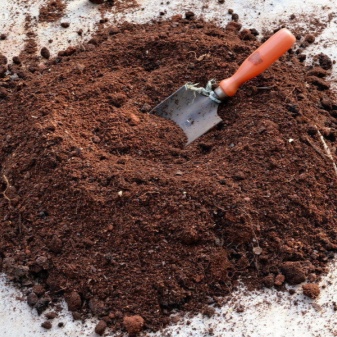
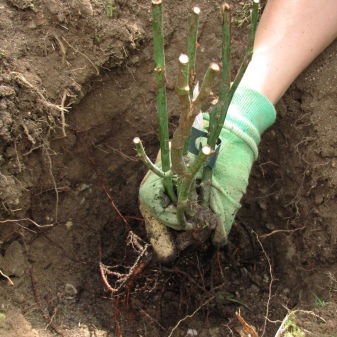
Watering
Tea roses are very responsive to watering - the saturation of the bush with inflorescences, their size and aroma will depend on the regularity of saturation of the soil with water. It is recommended to water the plant at least once a week. If there are frequent rains, the frequency of watering can be reduced - excessive moisture is also unacceptable, as it can lead to decay of the root system. Water should be introduced gradually in small portions, so as not to wash out the planting site and not expose the roots. The quality of the water is also of great importance. The liquid must be clean, fresh and as warm as possible. It is unacceptable to water the rose with cold or dirty water, because of this, the plant may die.
The best option for irrigation is settled rainwater. During the period of heavy rainfall, it must be collected in barrels in advance, then exposed to the sun. At night, it is advisable to cover the barrels with lids to keep the water as clean as possible.
It is highly not recommended to use chlorinated tap water for irrigation.If there are no other options, it must be defended from 2 to 10 days, but no more. Otherwise, the liquid will stagnate, harmful, pathogenic microorganisms for the plant will begin to develop in it.


Pruning
Pruning of tea rose bushes is done 3 times a year - in early spring, summer, and autumn before wintering. Spring pruning is the most important step because the bush is forming during this period. Its further appearance and flowering will depend on the correctness of the procedure. Before doing spring pruning, you need to carefully examine the plant. First of all, diseased, damaged or dried branches and lashes are removed. Then young shoots with little or no ovary are removed.
Large, matured branches are pruned at the request of the owner so that the shape of the bush matches his preferences, but it is recommended to leave at least three buds on each branch.
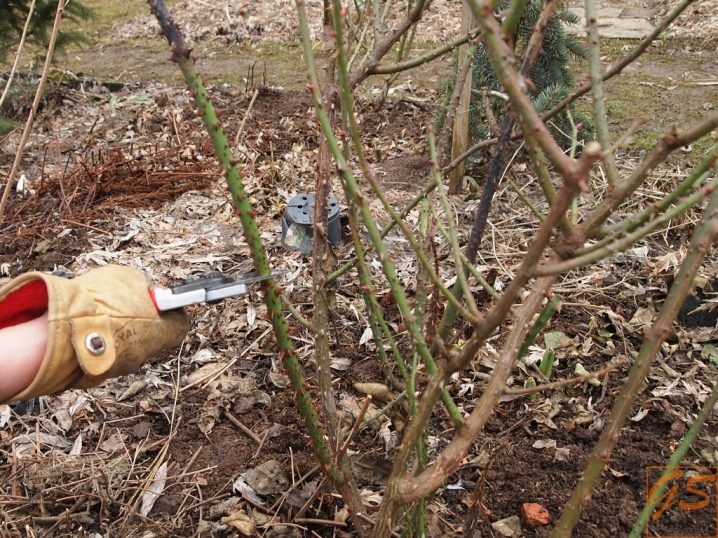
In the summer, pruning is not so important, mostly it is done only for the purpose of giving the bush the desired shape. And you can also remove branches on which a small number of inflorescences have formed. Then other stems will receive more moisture and nutrition, their flowers will grow faster, will be more saturated and beautiful. Autumn pruning is optional and is more advisory in nature. Experts advise removing dry and underdeveloped shoots, as well as old three-year-old branches, leaving only those that are strong and actively growing.
It is advisable to leave no more than five young shoots for the winter, which have grown during the current year, so that the plant does not waste extra energy on them during a difficult winter period. You need to cut the branches at an angle of 45 degrees, stepping back 1-2 cm from the bud.
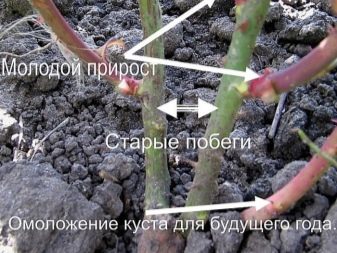
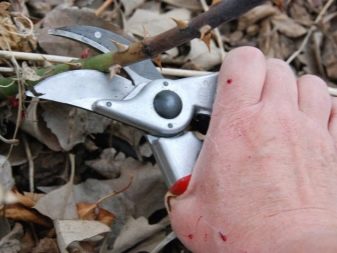
Fertilizing
If during planting it is enough to add only humus, then next year for the full development of a young bush, more saturated compositions may be needed. Naturally, a lot depends on the quality and saturation of the soil, but in any case, in order for the bush to grow faster and give more inflorescences, it definitely needs the following components:
- potassium;
- magnesium;
- nitrogen;
- phosphorus.
Experienced gardeners recommend fertilizing the grown and adult tea rose in a complex manner. That is, to introduce compounds into the ground, in which all of the listed substances are included in equal proportions.
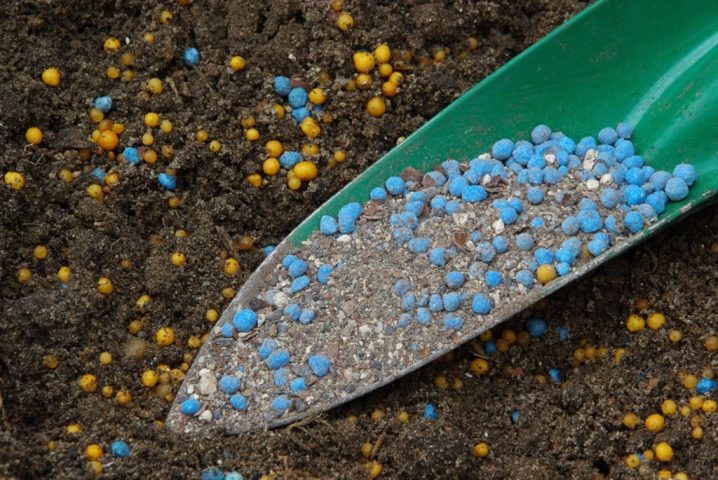
An adult bush (three years or more) growing in fertile soil can be fertilized with less concentrated products, or you can use natural ingredients, for example:
- bird droppings;
- manure;
- mullein.
However, you need to monitor the development of the plant. If, after wintering, the bush has fewer young shoots than last year, it will be necessary to conduct a full course of feeding with special factory formulations.

It is necessary to start fertilizing in early spring, it is best to combine the process with pruning. Thus, the plant will gain strength faster after wintering and will more easily tolerate the removal of part of the shoots, since the nitrogen-potassium compounds contribute to the growth of the vegetative mass. In the summer, when buds begin to form, it is advisable to use fertilizers, where iron and phosphorus are the main components. It is also possible to determine the lack of iron in the soil by the leaves - if brown spots appear on them, it is urgent to add a substance with a high iron content to the soil.
The frequency and amount of fertilization, as a rule, is determined individually, depending on the conditions and region of cultivation, soil condition, age and type of plant. But basically, a tea rose is fertilized no more than once a month. The fertilizing process is completed in the fall, about a month before the onset of cold weather. If you continue to fertilize the plant longer, then in winter it may die. Young branches that have grown from fertilizers will still freeze, and the active components will promote the growth of new shoots and prevent the plant from "falling asleep" in order to painlessly endure frosts.
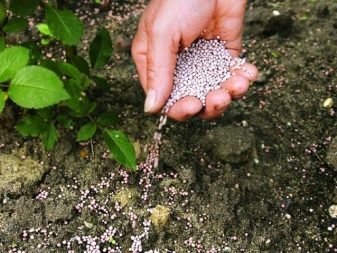
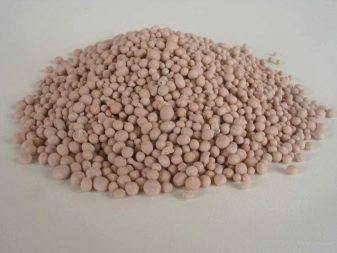
Preparing for winter
The complexity of preparing bushes for winter will depend on the region and its climatic conditions. In the areas of the middle lane, it is good enough to spud the roses and carefully cover them with spruce branches (branches of coniferous trees), and when the first snow falls, abundantly cover and lightly tamp the beds with snow. In northern cities with harsh winters, it is necessary to build a more reliable shelter - to erect a wire frame over each earthed bush, fix sheets of roofing material on it and cover all this with a film, pressing its ends tightly to the ground. In the southern regions, there is no need for such preparation, the rose bushes are simply earthed up to half the height.
You need to start preparing a tea rose for winter immediately after the onset of the first frost. Regardless of the type of shelter, before preparing for wintering, you need to remove all leaves from the branches and be sure to cut off immature young shoots.

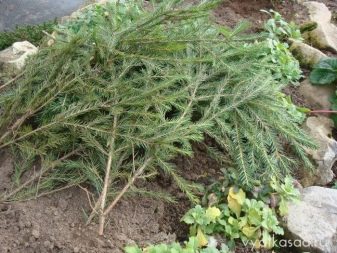
Diseases and treatment
Like any plant, the tea rose is susceptible to various diseases. If black spots appear on the leaves of the plant, it is necessary to stabilize the watering of the bush and loosen the soil daily so that it is saturated with oxygen. White bloom on foliage indicates their damage by powdery mildew, which usually occurs when the soil is oversaturated with fertilizers. In this case, you need to remove some of the soil near the bush and replace it with ordinary earth.
To prevent the invasion of pests, it is recommended to spray the rose with a solution of colloidal sulfur - dilute 100 grams of the product in 100 liters of water. Spraying should be done from the bottom up. The regularity of such processing is every 2-3 weeks in the spring and once a month in the summer.
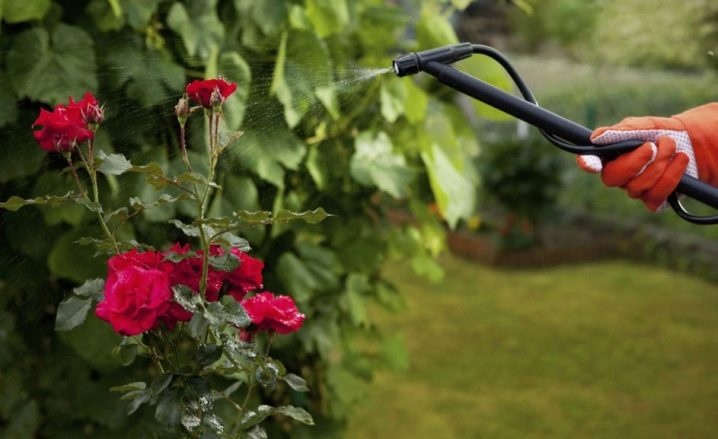
Use in landscape design
In landscape design, tea rose bushes are used both as separate elements and in combination with other plants. For example, curly bushes are great for planting near fences and hedges. They are used to decorate gazebos, create arched passages on the paths or paths of the garden plot, having erected semicircular metal frames for this. The porch visor, or even the walls of the house, covered with weaving shoots of a tea rose, looks beautiful. For this, special wooden lattices are attached close to the walls, on which the plant will curl.
Upright tea roses are great for creating large-scale compositions when stunted bushes or other short flowers are planted around them. Thus, a kind of flower islands are created on the site.


For what a tea rose is, see the next video.

































































































The comment was sent successfully.